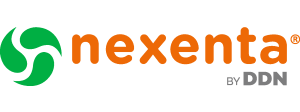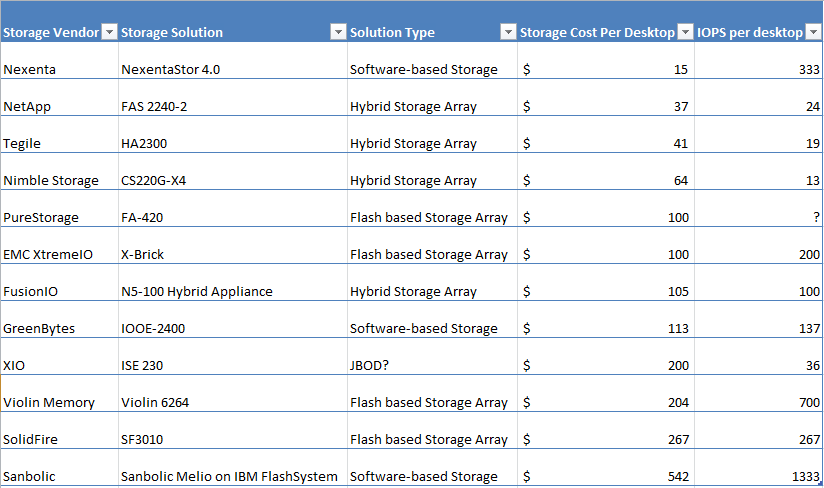Jill Orhun, VP of Marketing and Strategy, Nexenta
Faced with the challenge of an explosion of data from macro trends like social media, mobile, the Internet of Things, and Big Data, many organisations are faced with snowballing technology requirements and yet declining IT budgets that mean doing more with less.
Storage is often the highest single line item in these reduced or static IT budgets, making the strategy of throwing more storage hardware at the data explosion problem less and less acceptable. Many of today’s organisations, such as picturemaxx, University of Sussex and the Institut of Laue Langevin have found a way to step away from such a MESS (massively expensive storage systems) solution and have discovered more scalable, flexible, available and cost effective storage solutions – Software-Defined Storage (SDS) solutions.
Open Source SDS solutions can be deployed in conjunction with industry standard hardware, avoiding the vendor lock-in of expensive proprietary models. This gives organisations the freedom to choose their hardware, ensuring they always get the right hardware their requirements – and with the right price. Democratising infrastructure in this way delivers cost savings of up to 80%.
Software-Defined Storage will change everything
2014 is the year that SDS is shaking up the market by delivering on its promise of a truly vendor agnostic approach, and providing a single management view across the data centre. Organisations are beginning to coalesce around a standard definition of Software-Defined Storage, and clearing up the confusion that arises from the proliferation of approaches taken by vendors purporting to provide “Software-Defined” solutions.
Some vendors claim to offer SDS but are merely providing virtualised storage, characterised by a separation and pooling of capacity from storage hardware resources. Others claim to have SDS solutions even though their solution is 100% reliant on a specific kind of hardware. Neither definition fulfills the fundamental SDS requirement of enabling enterprises to make storage hardware purchasing decisions independent from concerns about over or under-utilisation or interoperability of storage resources. It is important to be aware of these subtle distinctions, otherwise the key SDS benefits of increased flexibility, automated management and cost efficiency simply won’t be realised.
True SDS solutions let organisations work with any protocol stack to build specialised systems on industry standard hardware, rather than limiting their choices to the expensive specialised appliances sold by the ‘MESS’ vendors.
Storage-Defined Storage changes the economic game for the Storage-Defined Data Centre
SDS is one of the three legs of the stool that make up the Software-Defined Data Centre (SDDC), along with the server virtualisation and Software-Defined Networking (SDN). As the most costly leg, however, SDS is also a target for mis-direction of terms and capture of high margins. Many vendors claiming to deliver SDS are selling hardware products with the 60% to 70% margin that has come to define the enterprise storage market. SDS is about much more than new technology innovation. True SDS lets customers do things they couldn’t do before and, most critically, fundamentally changes the economics of the enterprise storage business by increasing the hardware choices available to end customers.
Making the right choices
Organisations are in the middle of a data tsunami. According to recent reports the global tidal wave of data has been predominantly created in the last two years is going to get faster as we all demand 24/7 connection.
According to Research and Markets Global Software Defined Data Centre report, the market is set to explode, growing at a CAGR of 97.48% between this year and 2018. Much of this growth is due to an increased demand for cloud computing, which creates a companion demand for Software-Defined technologies to achieve large scale, economically.
Customers realise that SDDC technologies offer flexibility, security, storage availability and scalability. All organisations should get informed on what true Software Defined solutions are – so they can make better decisions on which vendors to invest in for the SDDCs in their future. The first step is understanding the definitions, asking the right questions, and moving towards SDS solutions as a first critical step on their Software-Defined journey.

